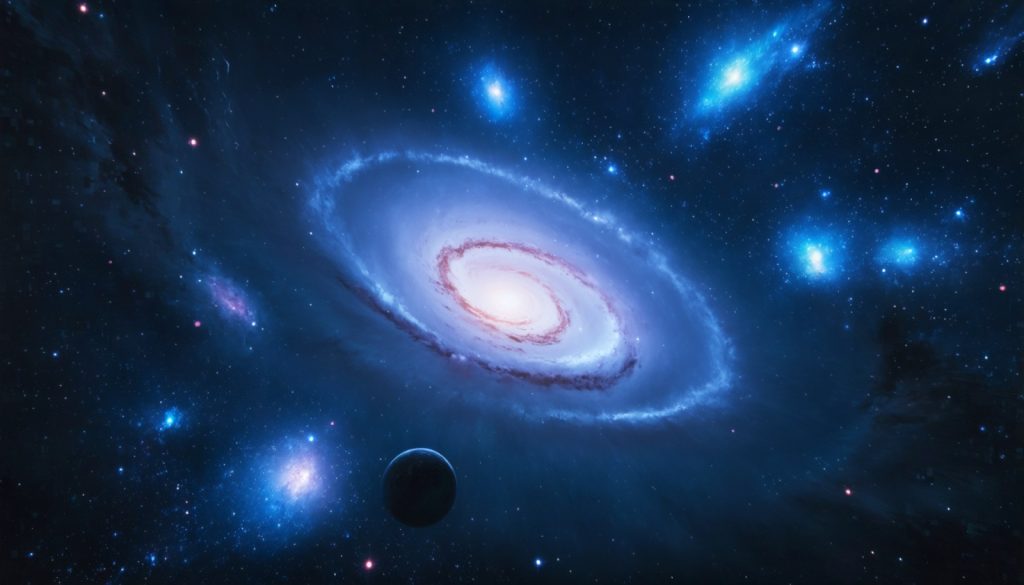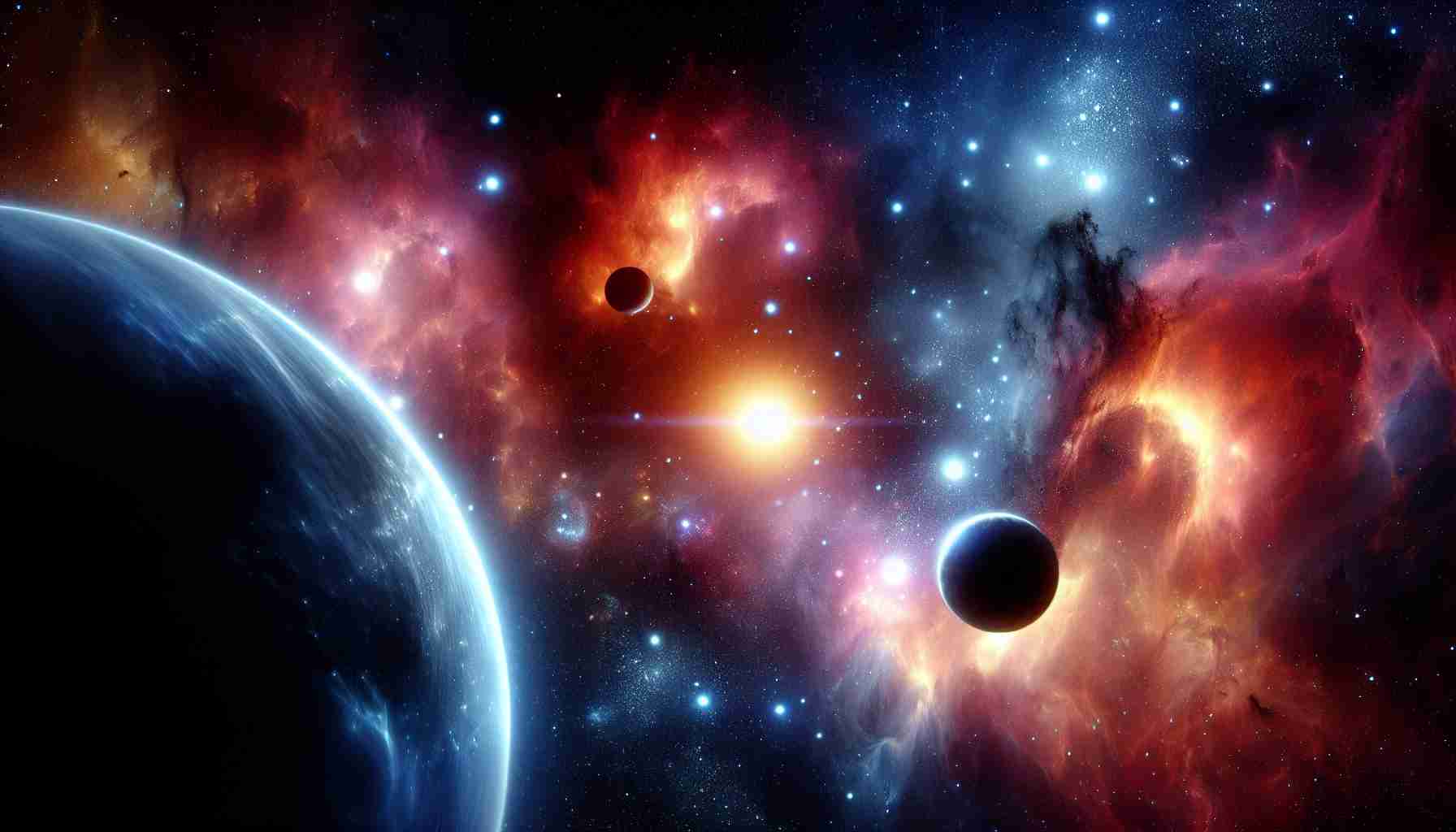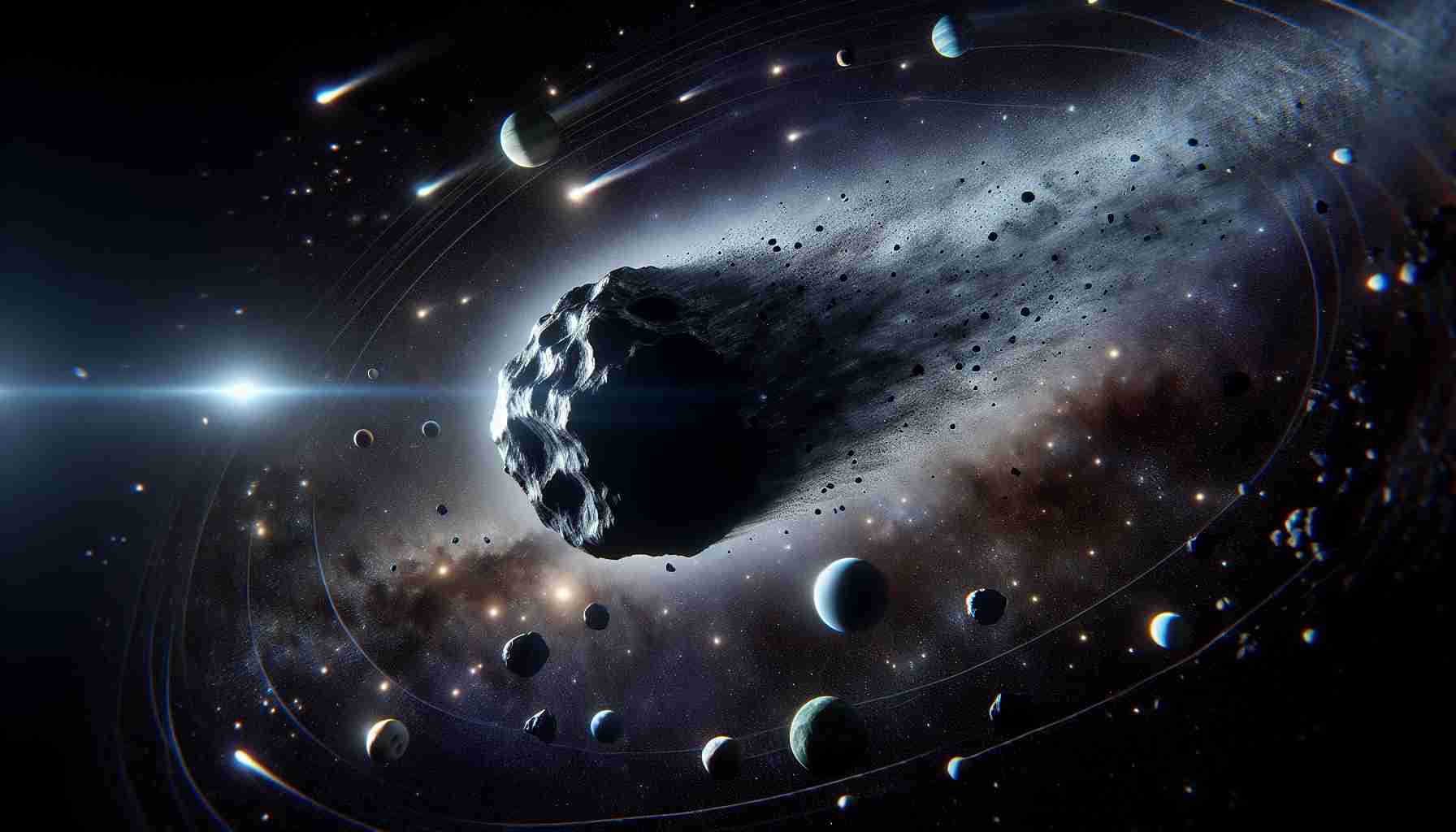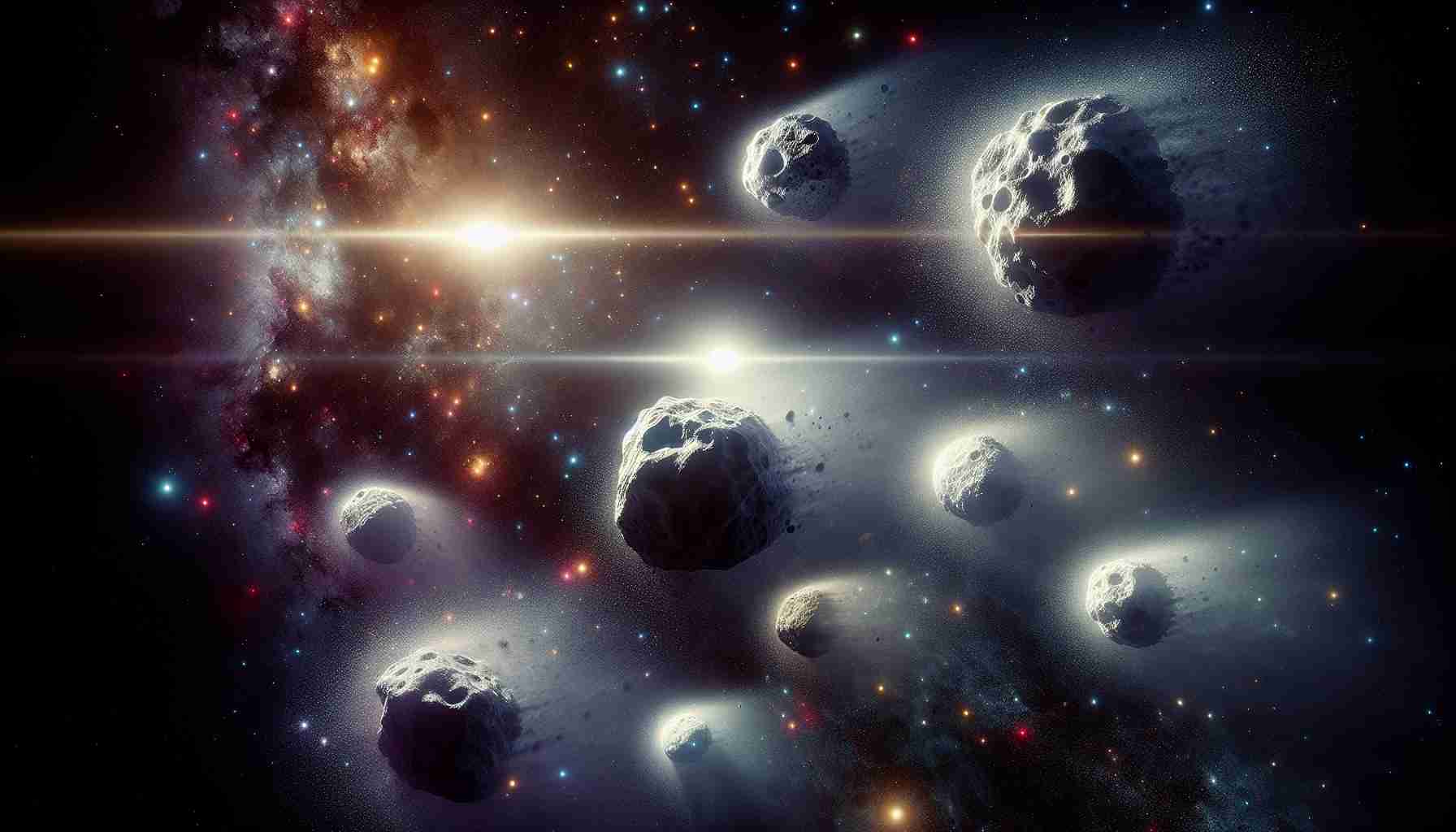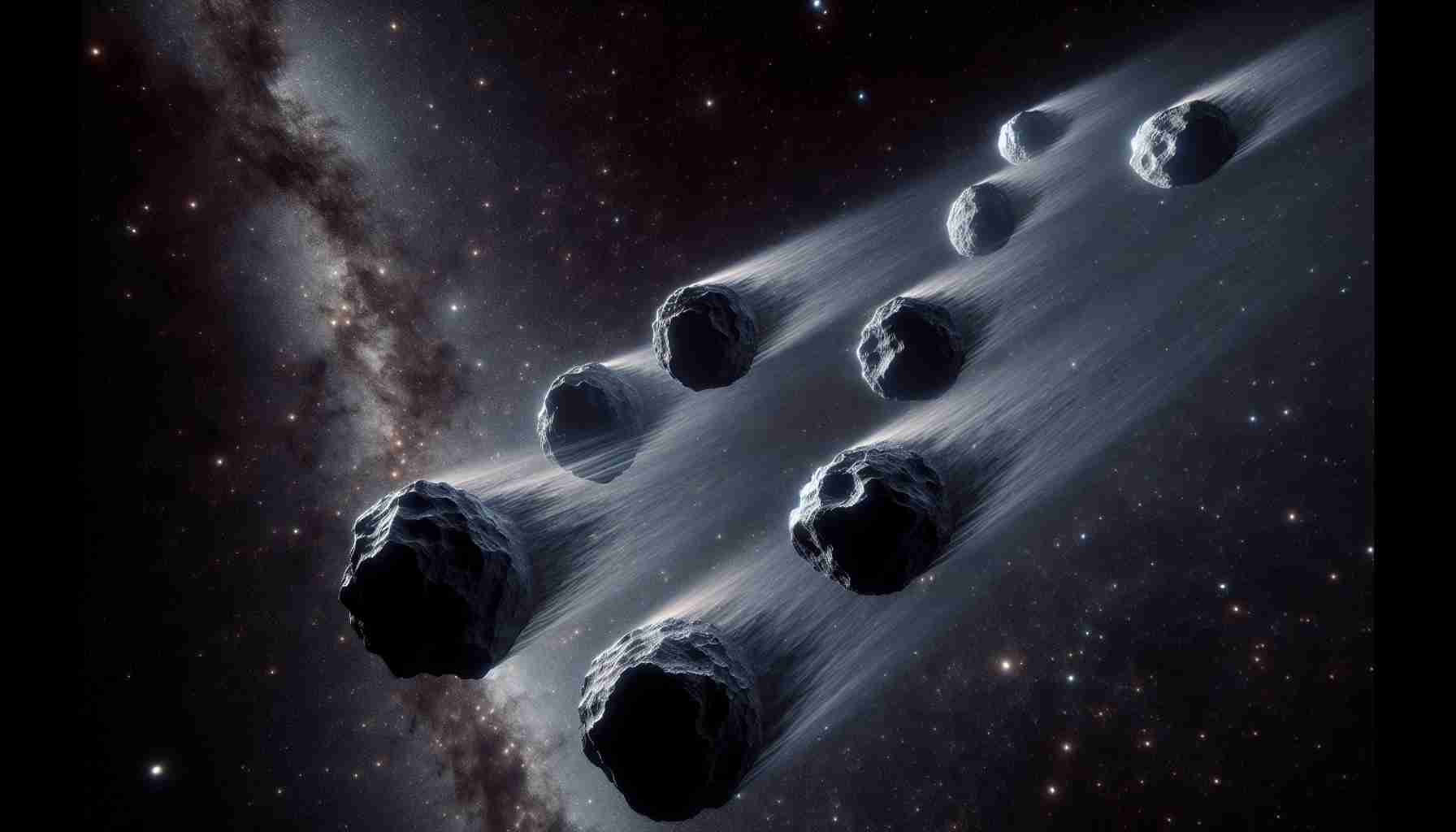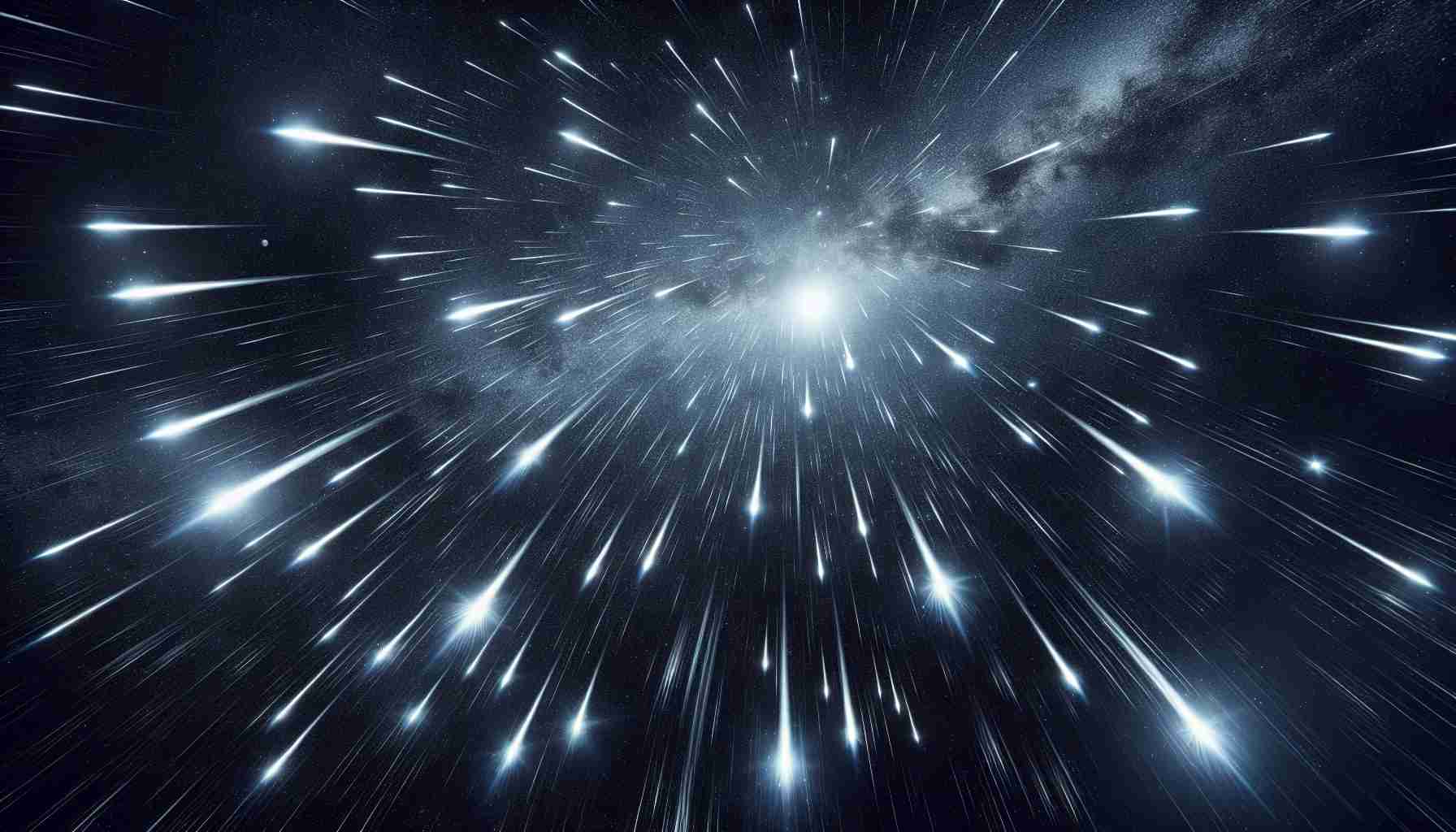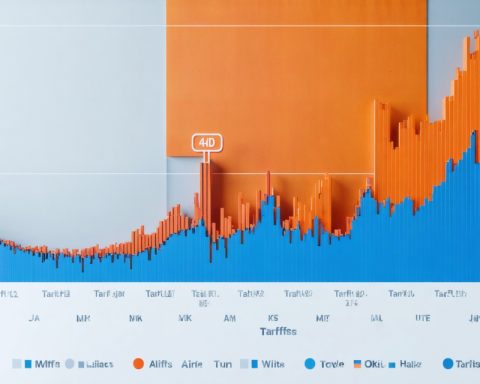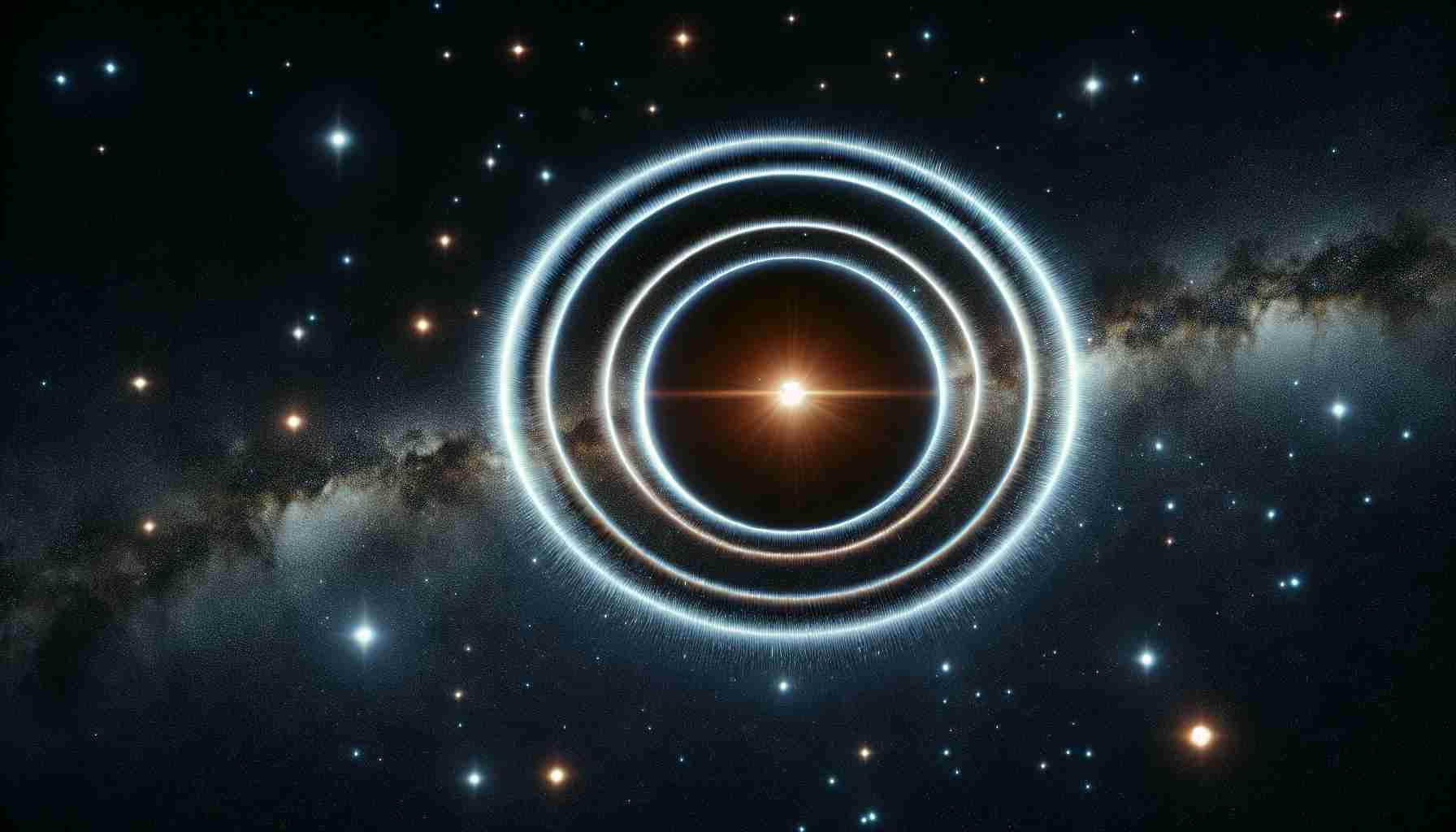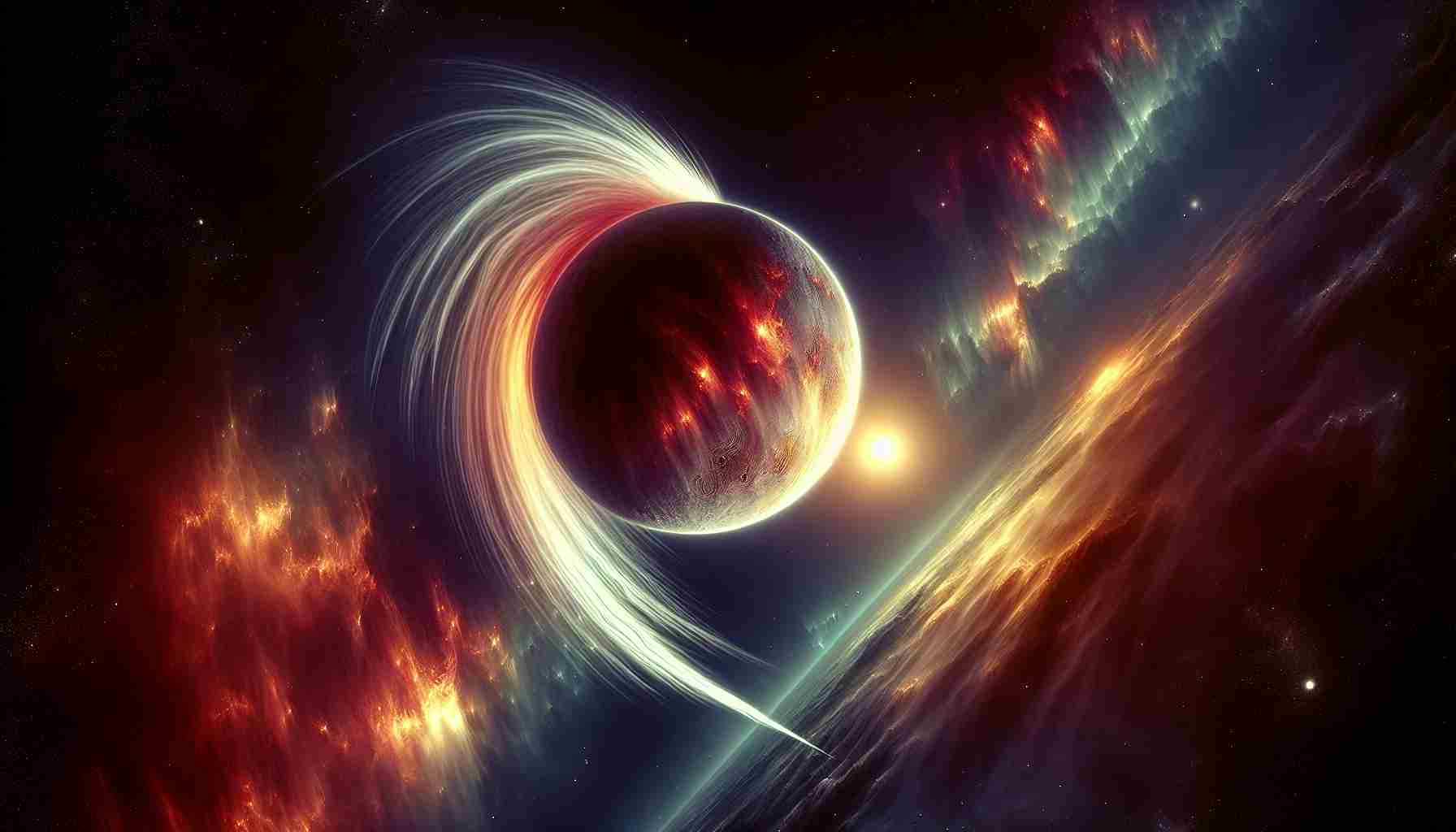Comets - Page 8
Comets are small celestial bodies composed of ice, dust, and rocky material that originate from the outer regions of the solar system. When a comet approaches the Sun, the heat causes its ices to sublimate, releasing gas and dust and forming a glowing envelope called a coma, as well as a tail that always points away from the Sun due to the solar wind. Comets are often described as "dirty snowballs" because of their icy cores mixed with rock and dust. They can have highly elliptical orbits, bringing them close to the Sun and then sending them back to the distant reaches of the solar system over long periods, often hundreds or thousands of years. Their appearances can be spectacular, making them of particular interest to astronomers and the general public alike. Prominent comets, such as Halley's Comet, are known for their periodic returns and have been observed for centuries, providing important insights into the early solar system and the nature of celestial mechanics.
